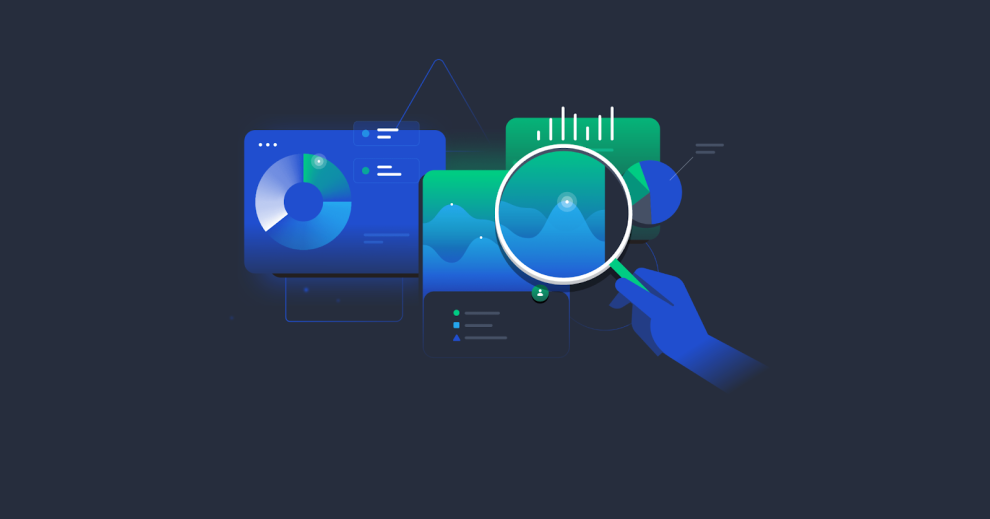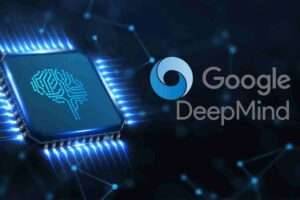In today’s data-driven world, enterprise AI has become an indispensable tool for gaining insights and making informed decisions. However, the complex nature of AI models can often create a barrier for stakeholders who lack technical expertise. This is where visualization tools come into play, bridging the gap between AI predictions and human understanding.
The Challenge: Stakeholders Lost in Translation
Imagine a scenario where an AI model predicts a 15% increase in customer churn rate. While this information is valuable, it might leave non-technical stakeholders like business leaders, marketing managers, or even board members scratching their heads. They may struggle to grasp the implications, underlying factors, and potential actions based solely on raw data or complex statistical reports.
The Solution: Visualization Tools – Making AI Accessible
Interactive visualization tools translate AI predictions into comprehensible formats, enabling stakeholders to intuitively understand and engage with the information. These tools transform complex data into visually appealing and interactive formats such as:
- Dashboards: Providing an at-a-glance overview of key metrics and trends, often with drill-down capabilities for deeper exploration.
- Charts and graphs: Presenting data in various forms like bar charts, line graphs, and pie charts, allowing for easy comparison and identification of patterns.
- Interactive maps: Visualizing data geographically, offering insights into regional trends and helping target resources effectively.
- Heatmaps: Highlighting areas of high activity or importance within datasets, facilitating quick identification of critical areas.
- Scenario planning tools: Enabling stakeholders to explore different possibilities by adjusting variables and observing the impact on AI predictions.
Benefits of Interactive Visualization for Stakeholders
By leveraging interactive visualization tools, stakeholders can gain several advantages:
- Improved Decision-Making: Visual representations make it easier to identify trends, correlations, and potential risks, leading to more informed and data-driven decisions.
- Enhanced Communication: Visuals facilitate clear and concise communication of complex AI insights to various stakeholders across different departments and levels of technical expertise.
- Increased Trust and Transparency: By providing a clear understanding of how AI models arrive at their predictions, stakeholders can trust the recommendations and actively participate in the decision-making process.
- Boosted Collaboration: Visualization tools can foster cross-functional collaboration by enabling different teams to share and discuss AI-driven insights effectively.
Considerations When Choosing a Visualization Tool
Choosing the right visualization tool depends on various factors, including:
- The target audience: Consider the technical expertise and information needs of your stakeholders.
- The type of AI predictions: Different formats might be better suited for different kinds of data and predictions.
- Desired functionalities: Determine the level of interaction, drill-down capabilities, and integration with existing systems needed.
- Ease of use: The tool should be user-friendly and intuitive, allowing stakeholders to easily access and interact with the visualizations.

Examples of Popular Visualization Tools for Enterprise AI
Several tools cater to the growing need for accessible AI visualization:
- Microsoft Power BI: A popular choice for businesses using the Microsoft ecosystem, offering a wide range of features and integrations.
- Tableau: A powerful and versatile tool known for its user-friendly interface and advanced capabilities.
- QlikView: Well-suited for exploring large datasets and complex relationships between variables.
- Looker: A cloud-based platform offering self-service analytics and customizable dashboards.
- IBM Watson Studio: Provides a comprehensive suite of tools for data analysis, visualization, and model building.
The Future of AI Visualization: Democratizing Insights
As AI continues to evolve, so too will the capabilities of visualization tools. We can expect:
- Advanced AI-powered insights: Visualization tools will leverage AI themselves to identify hidden patterns, suggest relevant comparisons, and even generate narrative explanations of the data.
- Augmented reality (AR) and virtual reality (VR) integrations: These technologies will create even more immersive and interactive ways to explore and understand AI predictions.
- Greater focus on explainability and fairness: Visualization tools will play a crucial role in ensuring AI models are understandable, explainable, and free from biases.
Conclusion: Empowering Stakeholders with the Power of Visualization
By embracing the power of interactive visualization tools, businesses can bridge the gap between AI and human understanding. This empowers stakeholders to actively engage with AI insights, make informed decisions, and drive organizational success in the ever-evolving data-driven landscape.
















Add Comment